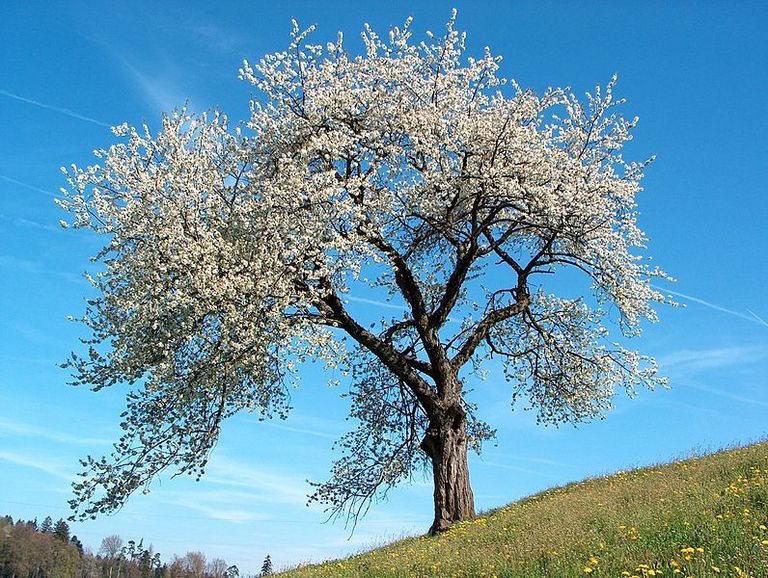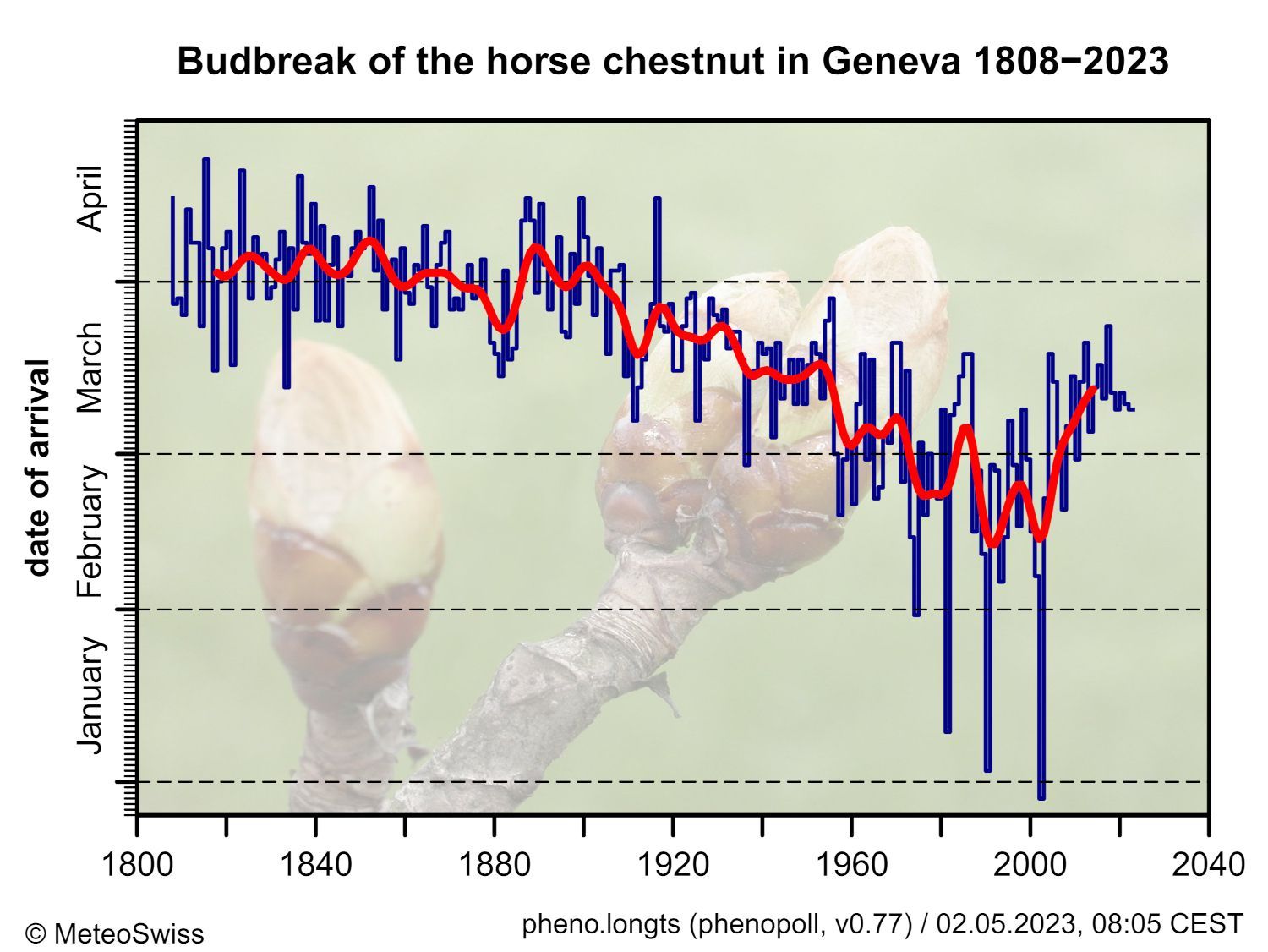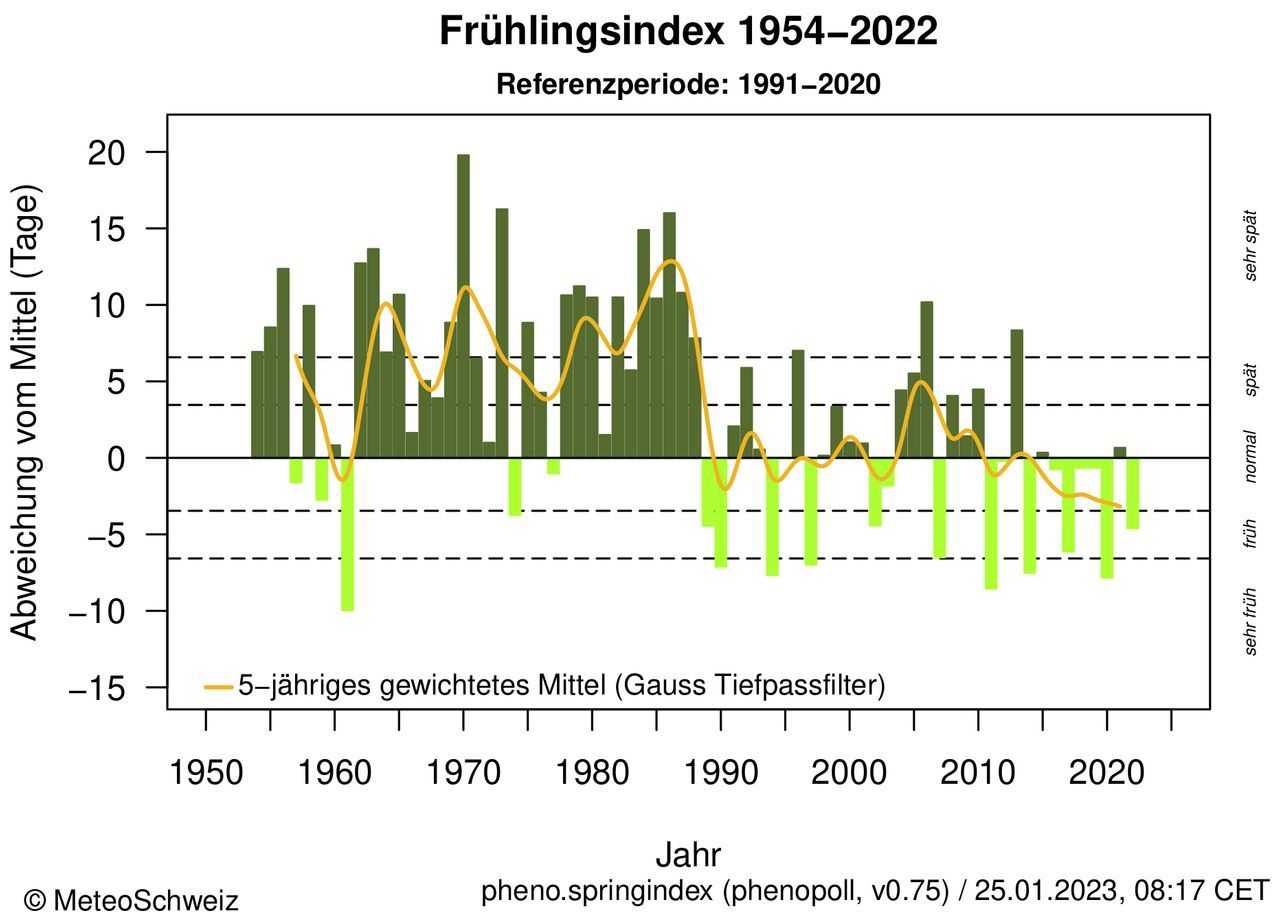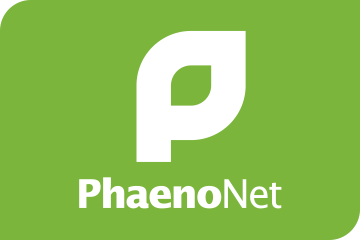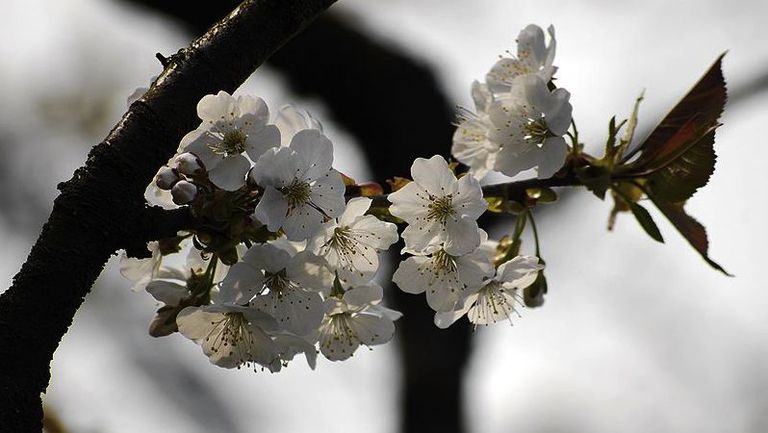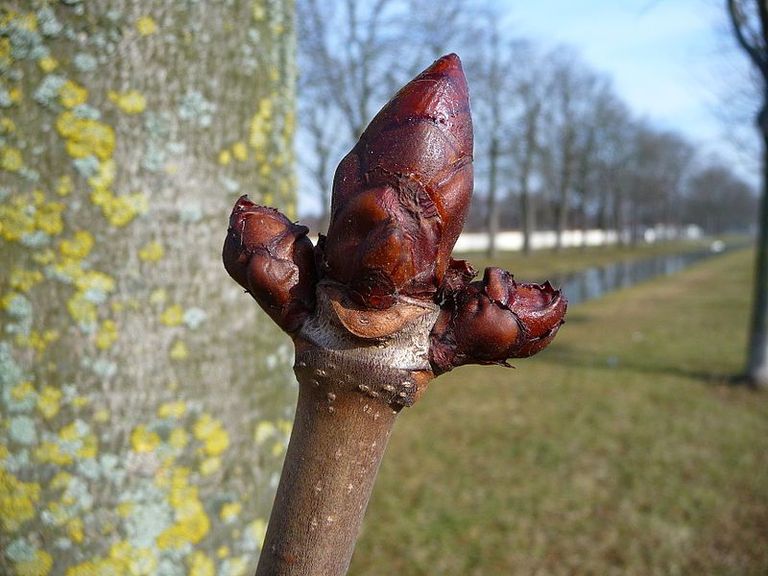PhaenoNet ist ein Netzwerk von Beobachter*innen der Natur und der Jahreszeiten, die ihre Beobachtungen auf einer gemeinsamen Plattform teilen
Ziele von PhaenoNet:
Möglichst viele Leute für die wissenschaftliche Beobachtung der jahreszeitlichen Phänomene zu begeistern.
Die Erforschung der Auswirkungen des Klimawandels auf die jahreszeitlichen Phänomene und die Verbesserung der Pollenprognosen.
Die Öffnung des Dialogs zwischen der Forschung, der Bildung und der Öffentlichkeit.
PhaenoNet WebApp: Hier kannst du deine Beobachtungen zur jahreszeitlichen Veränderung von Pflanzen erfassen und damit mithelfen den Klimawandel zu dokumentieren und besser zu verstehen.
